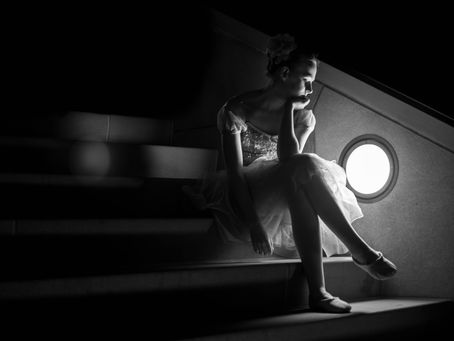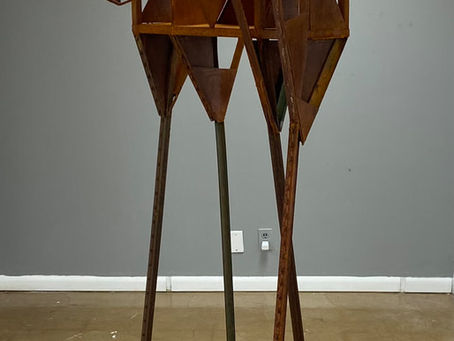top of page
Search
All Posts


Don James and the Invisible Work in Photography
Lost in Thought Many of us remember when photography was safest in the hands of professional photographers. They had the endlessly...

Bob Bahr
Sep 234 min read


Winners at the Strong Showing of the Annual State of the Arts Opening
Northwest Fantasies, by John Seevers, basketry, 14x11x6 inches. Honorable Mention. A surprising amount of variety distinguished the 2025...

Bob Bahr
Sep 222 min read


butch Murphy: Seeing Horses (and Other Objects) From All Angles
One of the most important ways that sculpture is different from a 2-D artform like painting is that viewers usually see different sides...

Bob Bahr
Jul 134 min read


These Photographers Snapped up Awards
The Prairie Village Arts Council hosted the annual Art of Photography show in May and June at City Hall, and as usual, the photo show drew an excited crowd on opening night.

Bob Bahr
Jul 21 min read


New PVAC Vice Chair Abby Magariel: Experience at the Helm
Magariel is perfect for the role, even if she modestly claims that she is simply "as right for it as anyone." She holds a Master's degree in Museum Studies and has served stints at regional museums such as the Kansas Museum of History, in Topeka, and the Watkins Museum of History, in Lawrence. She now serves as Educator and Curator of the Michael Klein Collection at The Temple, Congregation B'nai Jehudah, in Overland Park.

Bob Bahr
May 16 min read


Inside Elnora Nokes's Studio
Nokes in her Olathe studio "No sketchbook is safe," Elnora Nokes says as she flips through one of her idea books. "It's just a place to...

Bob Bahr
Mar 284 min read
bottom of page


